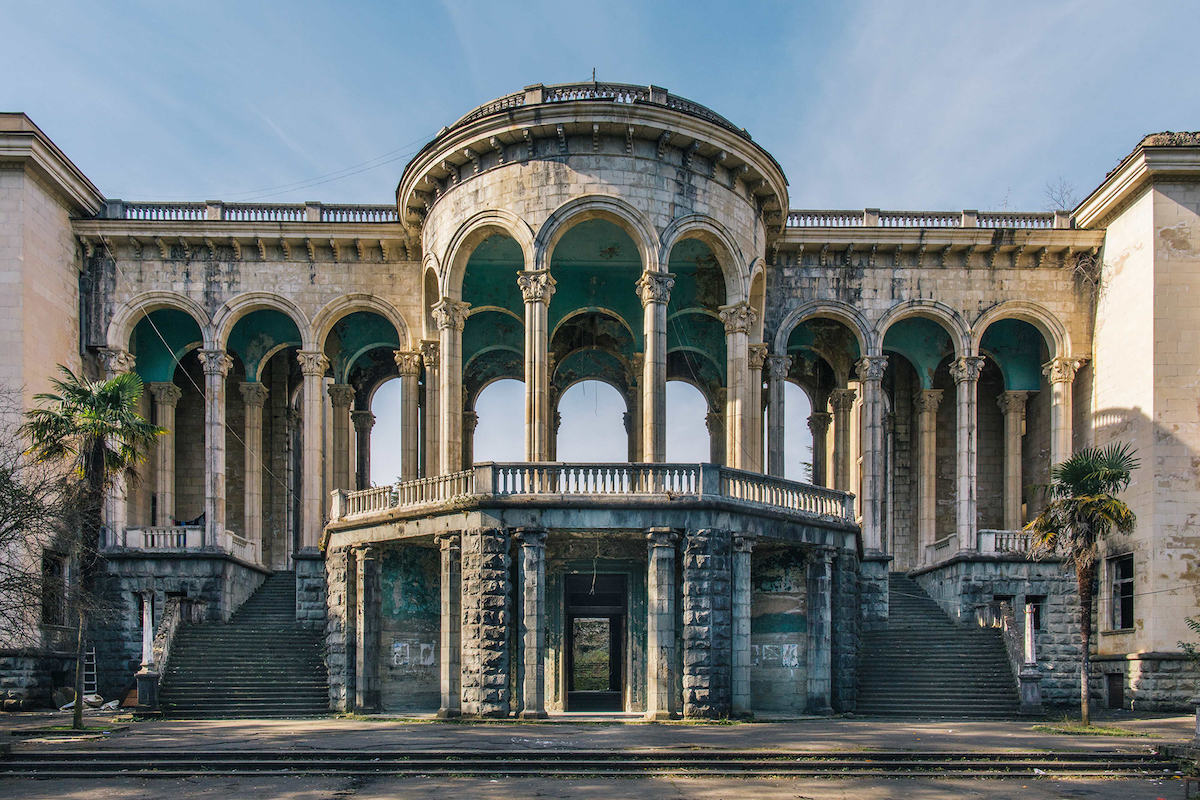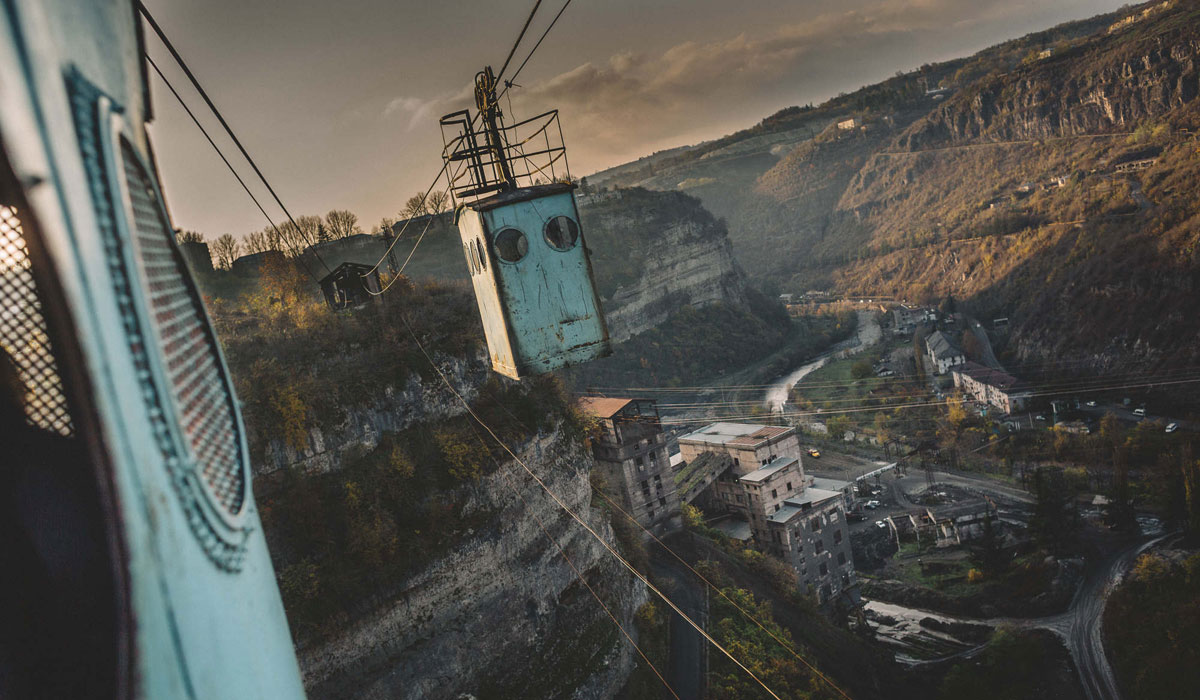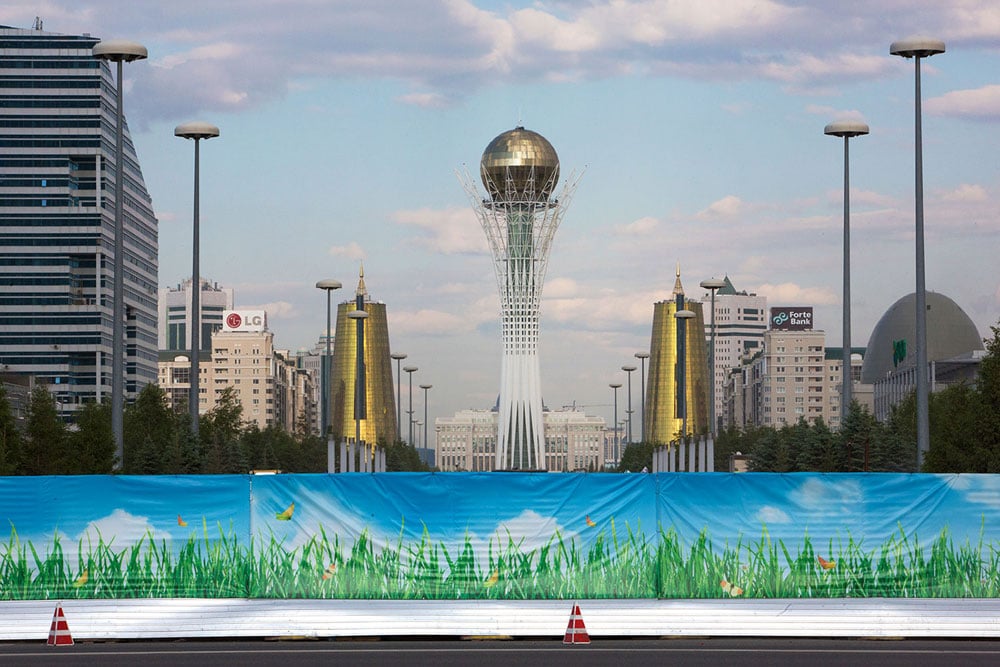Step inside the grandiose Georgian factory that’s been running like clockwork for 86 years
Georgia’s urban areas have undergone tremendous change since the collapse of the USSR. You need only glance at Tbilisi’s skyline, with its glass and steel interventions by Italian and German starchitects, striking and ever-controversial. At the same time, the capital has become a hotbed for more informal architectural interventions. In spite of all of this, you’ll still find people whose interactions with the buildings around them have gone unchanged since the fall of the Iron Curtain.
The Zestafoni factory is one place that’s stood the test of time. Situated in Georgia’s Imereti region, it has been open 365 days a year since 1933. Since the heating furnaces can never be allowed to grow cold, the factory must keep running, no matter what. Many of the workers have been there for more than 35 years, over which time their country has experienced major changes. Their work, though, has remained gruelling and dangerous.
“From the blast furnaces built in the 1930s that are still in use, to the more contemporary machinery and control centres, the factory is a microcosm of the industrial processes Georgia has gone through,” says Ryan Koopmans, who was so impressed by the “scale and massiveness of the exterior” on driving past the Zestafoni Ferroalloy Plant, he returned with photographer and video director Alice Wexell to shoot a project in its honour.
His Instagram is dedicated to dense urban clusters and the futuristic skyscrapers of metropolises from Moscow to Dubai. Still, Koopmans retains an interest in less photogenic constructions: “Industrial areas like these have always been fascinating to me, as they manufacture the foundational and basic components to the infrastructure I often photograph in cities at a later stage of development.”
Besides the magnitude of its machinery, what’s impressive about the Zestafoni factory are the number of Soviet sculptures and mosaics that line its walls. “The Soviet-era mosaics are slowly crumbling, but they depict scenes of workers doing things like producing ferroalloy, making wine, and transporting raw materials,” says Koopmans. Though Zestafoni mostly functions as a stop-over town for drivers heading from the capital to the central town of Kutaisi, the photographer says that there is more to see than expected. These kinds of sculptures, busts, and mosaics, referencing Greek and Roman mythology can be seen throughout the Zestafoni region, known for not only its industry but also for wine production.
The most arresting feature, though, is not the exterior nor the Soviet memorabilia but the harmony of the production line. “It felt as if the workers, most of whom have performed the same jobs and routine for many years, were performing a choreographed dance,” the photographer reflects. For the video, Koopmans and Wexell were drawn to the contrast between the workers’ “perfected and elegant movements, whilst dealing with such a volatile, heavy, and powerful material.”
This is a far cry from the odes to the Soviet Union’s crumbling industrial prowess seen in the works of the likes of Danilo Tkachenko or Eric Lusito. “The factory is still an important employer for workers in Georgia, and still produces a very large amount of product that is shipped around the world,” Koopmans notes. “It is still significant in its function, even though its decrepit exterior alludes to an era from the past.”


